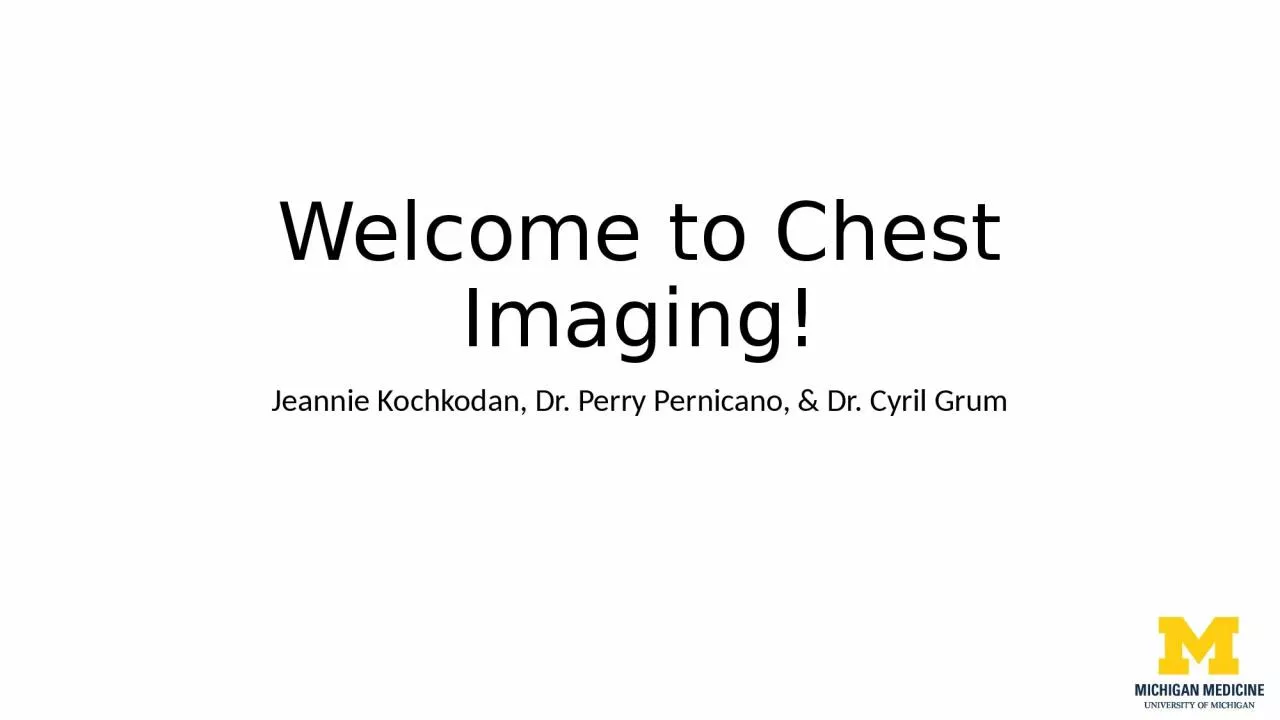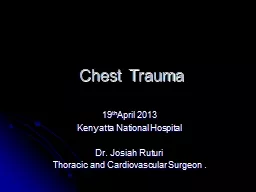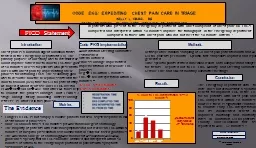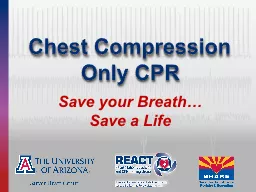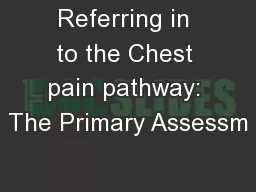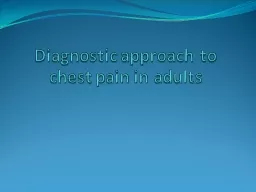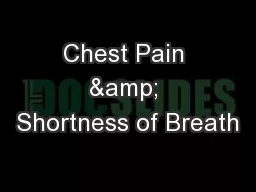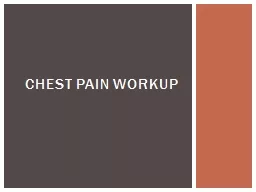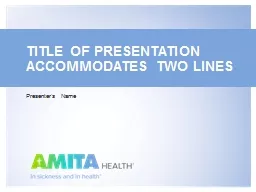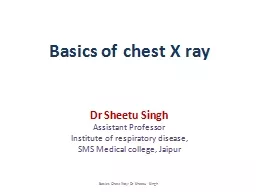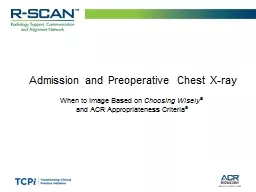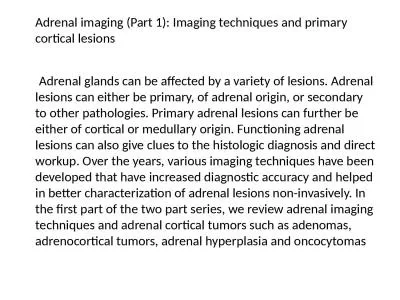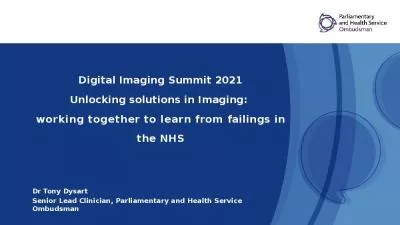PPT-Welcome to Chest Imaging!
Author : bery | Published Date : 2023-05-23
Jeannie Kochkodan Dr Perry Pernicano amp Dr Cyril Grum Thank you A huge thank you to Dr Perry Pernicano for providing his time and many images to make this possible
Presentation Embed Code
Download Presentation
Download Presentation The PPT/PDF document "Welcome to Chest Imaging!" is the property of its rightful owner. Permission is granted to download and print the materials on this website for personal, non-commercial use only, and to display it on your personal computer provided you do not modify the materials and that you retain all copyright notices contained in the materials. By downloading content from our website, you accept the terms of this agreement.
Welcome to Chest Imaging!: Transcript
Download Rules Of Document
"Welcome to Chest Imaging!"The content belongs to its owner. You may download and print it for personal use, without modification, and keep all copyright notices. By downloading, you agree to these terms.
Related Documents

